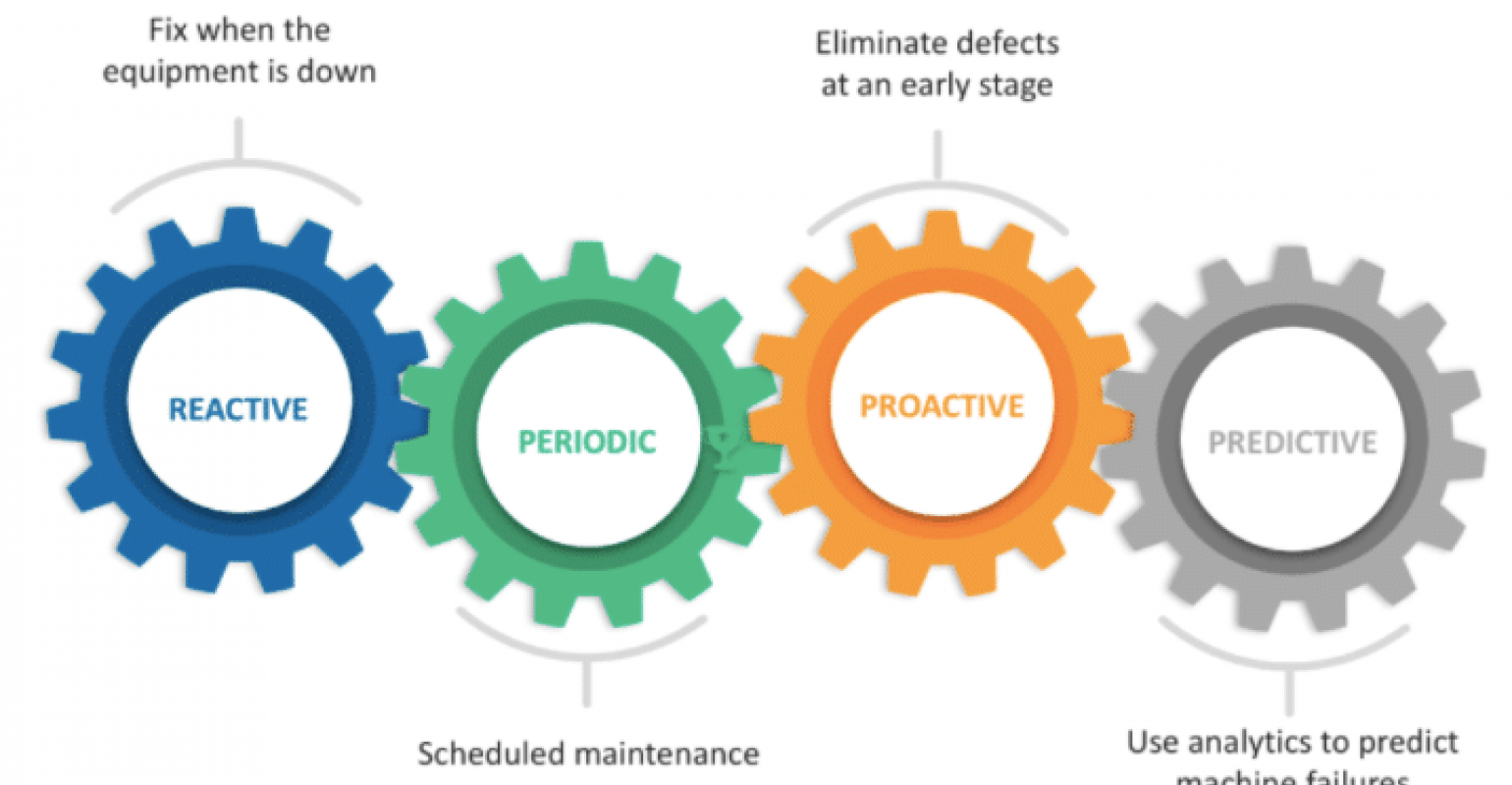Increase the safety and efficiency of your fleet
Fleet management plays a very important role in the success or failure of companies. It is a challenge to operate a fleet with maximum efficiency and productivity when the performance of your vehicles is not continuously measured.
Fleet management to gain compliance
Conformity can mean the difference between a company’s success or failure, literally and figuratively. In this way, fleet management ensures that drivers do not endanger themselves or others by driving for hours without maintaining the established stops.  If the relevant regulations are not complied with or electronic records are not maintained correctly, breaches can cost more than hundreds of thousands of Euros and adversely affect the safety of the fleet and people, which in turn can affect insurance costs and the ability to attract new customers.
If the relevant regulations are not complied with or electronic records are not maintained correctly, breaches can cost more than hundreds of thousands of Euros and adversely affect the safety of the fleet and people, which in turn can affect insurance costs and the ability to attract new customers.
Food Safety laws ensure the safe transportation of food in trailers. Violations of this law can result in large penalties for a company.
You may have a driver and company policy that you need to enforce, but it’s impossible to do this without employee accountability.
You need data to enforce rules
that ensure safety and productivity.
Telematics systems do just that, allowing your business to run smoothly. Achieving compliance through telematics systems also translates into savings in labor costs. If your business still relies on paper documents, consider all the hours you spend reviewing them to ensure compliance. A switch to electronic documentation can add up to a significant amount of money saved in administrative and back-office labor costs.
Whether you are currently facing compliance with regulations or need to enforce the company’s current policy, telematics will give you the data you need.
Provide accountability to the driver through visibility
Trying to hold employees accountable without a telematics solution is like trying to drive blindfolded. There’s no way to hold employees accountable or enforce a driver policy if you don’t have visibility into their behavior.

Telematics systems give you visibility into your entire mobile operation, including driver behavior. Location tracking capabilities allow you to have information about the entire fleet quickly. Otherwise, you can waste a lot of time tracking drivers by calling them to get location updates, estimated time of arrival (ETA), or updating your current routes. Once again, a significant return on investment is available by reducing the time it takes to communicate with drivers.
Analyzing and optimizing your fleet’s driving routes can save a significant amount of costs. Primarily, fleet management allows you to hold drivers accountable for the routes they take. Preventing drivers from taking a “scenic route” can significantly save on fuel consumption and other monthly costs. Fleet management can also provide data showing how much fuel is refueled compared to tank capacity. This ability often reveals the use of company funds to fill personal vehicles.
Automatically routing drivers using fleet management on the most optimized route also plays an important factor in responsibility and tracking behavior.
Improving fleet safety
For many companies, the motivation to implement fleet management comes from the need to reduce risk. While improving driver safety by preventing injuries and deaths is a top priority, there is a financial component to consider. 
The costs associated with an injury-related accident can average about twice the rate of a non-vehicle workplace injury and increase exponentially if there is a death.
The costs of an average workplace accident can increase by a factor of 10 depending on the severity. Let’s see below some statistics:
- A crash without injuries costs around 4,000 Euros.
- An accident related to an injury costs around 30,000 Euros.
- An accident with a fatality costs around 100,000 Euros.
A lawsuit could increase these values dramatically. It is not uncommon to receive compensation of several thousand Euros as a result of serious accidents.
In addition, a serious accident can also lead to negative publicity with long-term implications for the company’s brand. This case usually has a negative impact on your profitability, which further aggravates the costs of an accident.
Reducing accident rates will not only help prevent unnecessary deaths, but also save the company significant expenses.
Fleet management then improves safety and reduces risk in many ways.
On the other hand, speed control is the easiest resource when it comes to improving safety. Controlling the speed of the vehicle above a specific threshold will reduce fines and their amount.
For example, there are use cases where companies reduced their accident rates by sending personalized alerts to drivers when they exceed speed limits.
Efficiency leads to higher productivity and revenue
Reducing costs is one thing, but fleet management also offers companies more than savings. It provides higher productivity, which leads to higher profits.
Route optimization
Telematics includes a route optimization component that greatly improves efficiency and productivity. There is an opportunity to earn significant additional income, simply by increasing by one the number of jobs per day and vehicle.
Route optimization involves optimization around stop locations, number of drivers, traffic, and other essential road restrictions. You can send routes to drivers in many ways, including by text message or email to a mobile device, or directly to a built-in tablet.
Geo-barriers can be used to visualize your stops, also helping when a new stop arises. You can easily reference the area that destination is in and seamlessly add it to that driver’s route. Employees arriving at locations more efficiently generally translates into significant savings in fuel expenses. By reducing mileage, you are improving fuel efficiency.
Vehicle maintenance scheduling
Proper planning and scheduling of vehicle maintenance leads to increased profits in many different ways. It helps to reduce maintenance costs by preventing more serious repairs and by monitoring the vehicle’s diagnostics it is possible to act promptly, avoiding greater evils.  The more proactive you are in the maintenance and health of vehicles, the fewer problems they will have. This workflow also means longer vehicle life cycles. Neglecting even preventive maintenance can lead to shorter vehicle life cycles.
The more proactive you are in the maintenance and health of vehicles, the fewer problems they will have. This workflow also means longer vehicle life cycles. Neglecting even preventive maintenance can lead to shorter vehicle life cycles.
Vehicle maintenance scheduling also reduces downtime. Having one or more off-road vehicles for repairs over an extended period can adversely affect revenue. Proactively informing drivers when they need their preventive maintenance completed through fleet management systems keeps vehicles on the road longer and more productively. For example, the fleet management system can notify you or the driver when you are 500 km away from requiring an oil change.
Measurement of the telematics value of the fleet
You can’t improve what you don’t measure.
Measuring and tracking the performance of your mobile workforce is critical to achieving improvement. Without telematics data, it’s almost impossible to get a complete picture of your expenses and how it helps generate revenue. You can make changes to your fleet management operation to eliminate unnecessary expenses and improve productivity with this data. As a bonus, here are some other ways to demonstrate fleet management ROI:
Use an ROI calculator
With an ROI calculator, you can visualize the potential cost savings based on the operation of your business that fleet management will provide you.
Conduct a pilot test
The pilot test is a good instrument to obtain a database and behavior, as well as a digitization audit based on fleet management.
During the pilot, focus on a core business challenge you want to solve, such as reducing excessive idling, fuel costs, or improving safety. Review and use the actionable data at the end of the pilot to measure success after its full implementation. For example, if you find that your vehicles have an average of 45 minutes of idle per day, set a goal to reduce that to 10 minutes per day.
Now it’s time to implement and save
The best business leaders focus not only on today’s challenges, but also tomorrow’s.  As part of your case, address how your potential fleet management solution can scale as your business grows. Demonstrating that you are thinking both tactically and strategically will help you defend the use of fleet management.
As part of your case, address how your potential fleet management solution can scale as your business grows. Demonstrating that you are thinking both tactically and strategically will help you defend the use of fleet management.
Finally, while cost should be a consideration, how it will solve your immediate business challenges and help increase the bottom line is the crucial point. By focusing on the return on investment potential of the solution, you’ll have a good chance of convincing your company leaders that this technology is the right direction for the fleet and the company.
